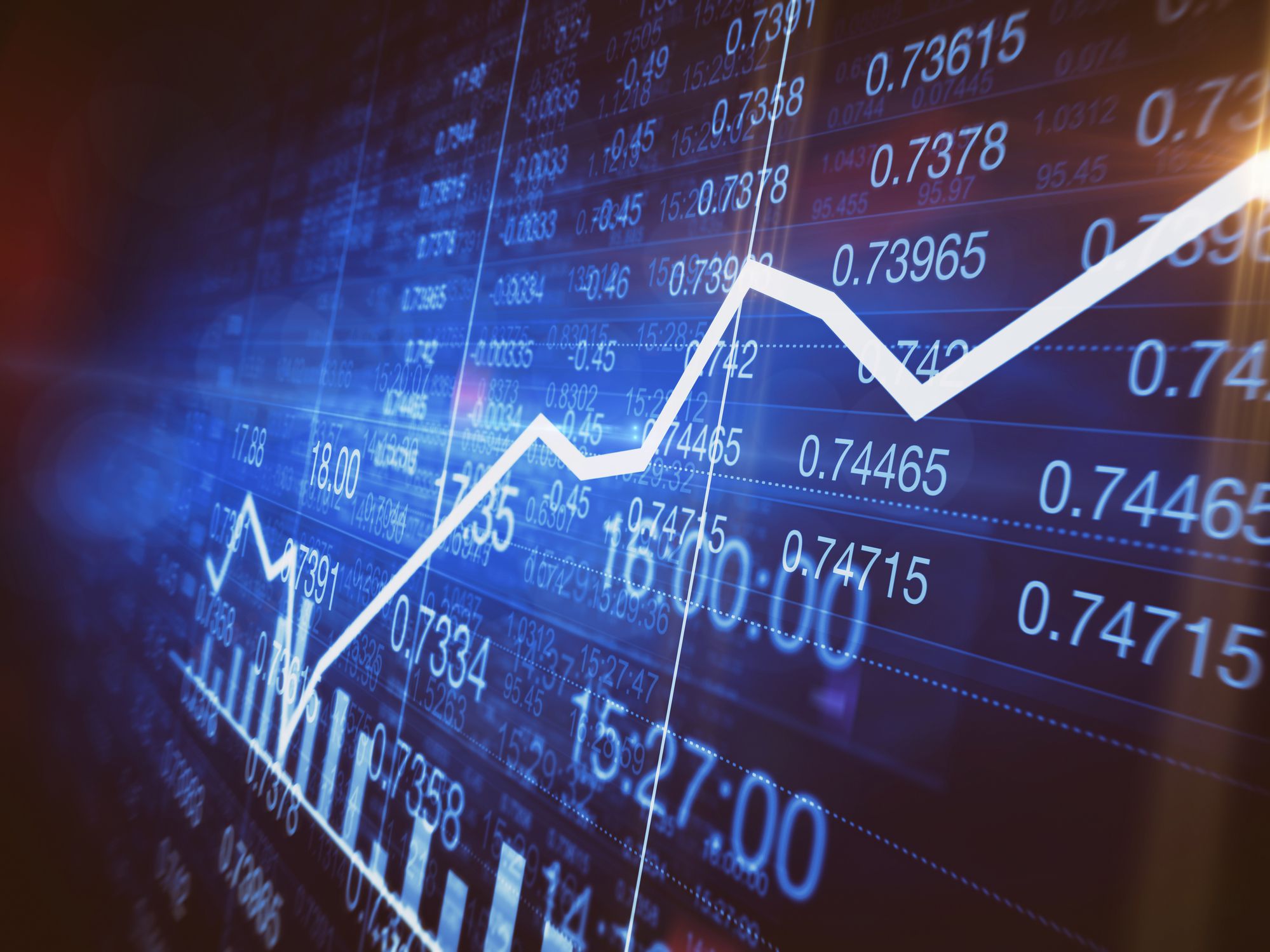

Throughout the decades, the global economy has never been impacted so badly in recorded history. However, it is safe to say that there is nothing wrong with the health status of the economy. We are living through an artificial crisis brought forward simply by the mandatory closure of businesses. It is true that if we look at the present situation it is indeed grim and dire, but frankly speaking, it is nothing much if compared to the Great Financial Crisis (GFC) of 2008 and 2009.

Back then the entire financial sector was plagued with toxic assets and scandals that had undermined the real economy, especially when it came to purchases on credit. In 1999 and 2000 the dot-com bubble was caused b
y artificially inflated valuation around a specific segment of the economy – technology - that dragged along other connected fields. But this time around, the economy was very solid prior to the COVID-19 lockdown.
Let us analyse the effects.
The dot-com bubble took nearly two years to sink the S&P 500 by 49 per cent, a slow decline that saw a company at the time going bust. The effects of the GFC were tangible in slightly over a year, hitting nearly a 60 per cent decline. This time around, with COVID-19, in about a month, S&P 500 dropped by nearly a third.
It seems like crises are happening faster and the negative effects bringing a sharper decline compared to each previous crisis.
So, given that a crisis drags the economy down no matter what, let us have a look at the post-crisis phase, to guess how the recovery might be. There are three types of recovery, but the good news is that eventually the economy recovers. Imagine a chart with Time on the X axis and Performance on the Y axis. Now draw a sharp decline on the chart, as a line moving down almost vertically from top left to the bottom middle of the chart. Then continue moving the line horizontally towards the right, with a slight growth. You have drawn a slightly tilted letter L.
This is the first type of recovery, called L-shaped. It represents a slow and painful recovery. It occurs when there are segments of the economy or areas of finance as a whole that are deeply damaged and the governments cannot fix things with simple intervention, such as pouring money into the economy or by simply printing new money. This is the worst case scenario in a recovery.
The second case is a better outcome, comparatively speaking. It is called U-shaped. On the same chart draw a letter U with both the vertical segments slights spread apart outwards. This type of recovery moves down and up relatively fast, but the valley in the middle is the painful part. In fact, in a U-shaped recovery, many jobs are lost before the economy begins galloping once again.
The last type of recovery is called V-shaped. It shows in the chart as a quick drop followed by an immediate recovery. It is the best case scenario. It represents a type of rebirth that has been observed many times in the past. It is when the economy hit the bottoms but then rebounds back often stronger than before.
If we look at the performance of China’s economy over the past month, it seems like that - at least for China - the recovery might be a V-shaped one.
In the US, two-thirds of the economy is linked to local consumption. Although online shopping kept shining despite the COVID-19 lockdown, too many sectors were closed down and forced consumers to halt spendings altogether. What it is auspicable is that these consumers still have the money to spend at the end of the lockdown, but most importantly the need - or will - to spend such money.
A common metric used to predict the behaviour of consumers around the world is to go through the amount spent in cafes and restaurants. Under normal circumstances this parameter alone provides a great insight on whether the average Joe and Jane are planning to spend more in the months to come. But given the mandatory lockdown throughout the world, such predictability has been rendered useless.
With a sober look at what is happening, despite the health emergency, the economy is still strong. No county has gone through war - the literal one - and people have not been travelling simply because they were not allowed to.
According to this economy’s health check, upon the reopening of all countries’ economy, things should steadily go back to normal, and quite quickly, pretty much everywhere in the world.
[Email: stefano@virgilli.com]
Oman Observer is now on the WhatsApp channel. Click here



